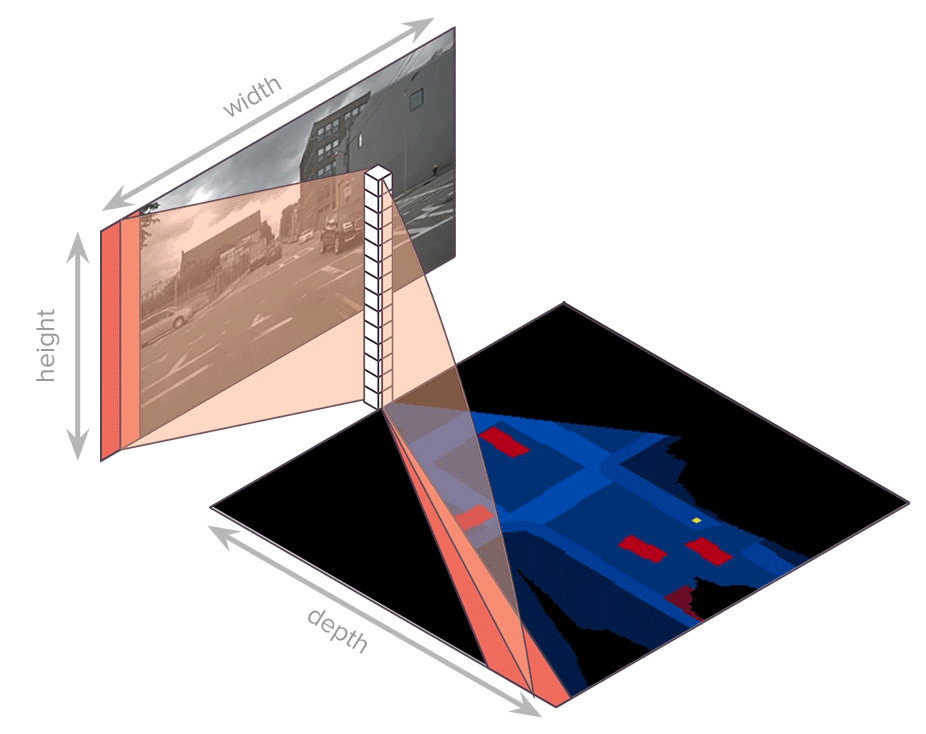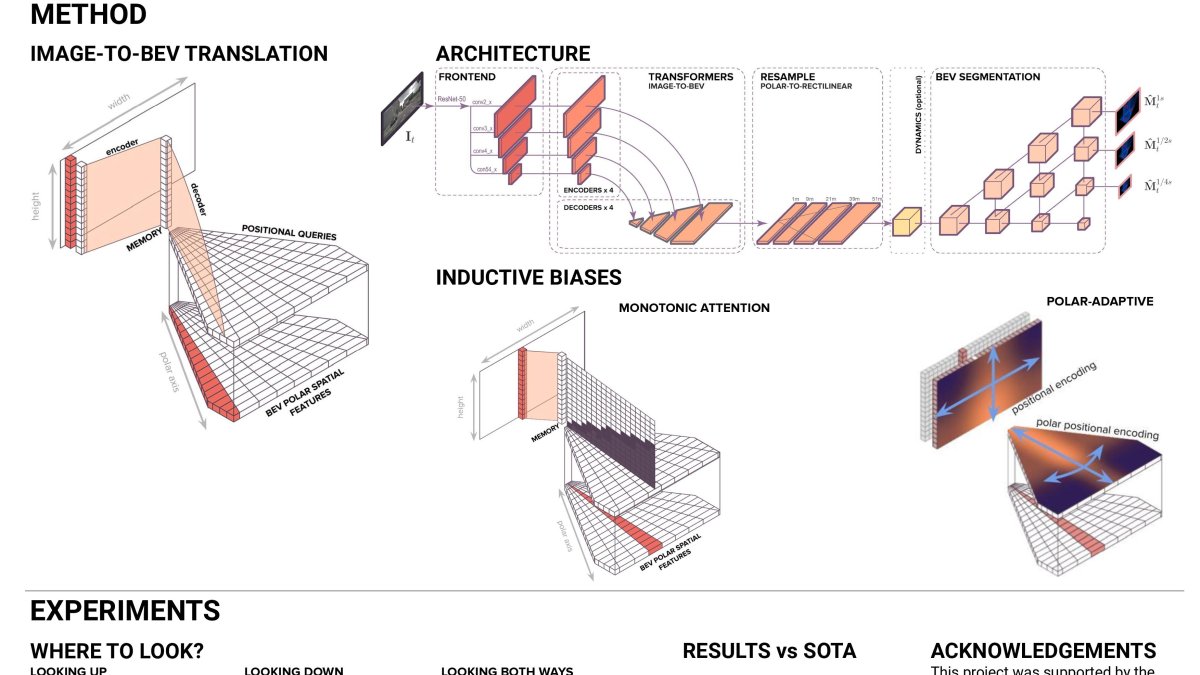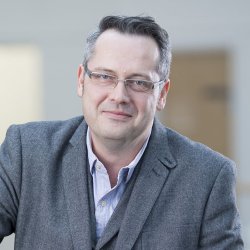New Surrey research brings safer autonomous vehicles a step closer
Award-winning research from the University of Surrey that uses artificial intelligence (AI) to instantly and accurately translate two-dimensional images into a bird’s-eye view map faster, brings the prospect of safer autonomous vehicles closer to reality.

Surrey's new AI model produces results that are 15 per cent more accurate than other technologies on the market.
Avishkar Saha, co-author of the study at the University of Surrey, said:
"Safety is one of the key hurdles preventing autonomous vehicles from becoming a reality. It is crucial for such vehicles to build maps of the world instantly and accurately, so they know where it is safe to drive.
"Our model exploits the one-to-one correspondence between a vertical line in an image and rays passing through the camera location in an overhead map. This allows our technology to treat an image in a similar way that artificial intelligence solves language translations.”
The technology, developed by the Centre for Vision Speech and Signal Processing (CVSSP) at University of Surrey, uses similar principles to language translation systems (natural language processing) to convert an individual column of pixels in a picture into one ray along a map.
The research paper, which won the prestigious Outstanding Paper Award at this year's IEEE International Conference on Robotics and Automation, is part of the University of Surrey's drive to improve SLAM (simultaneous localisation and mapping) technology of autonomous vehicles.
Professor Richard Bowden, co-author of the study at the University of Surrey, said:
“This is part of a larger piece of work into autonomous vehicles and perception and we are very pleased that our research has been recognised with this highly prestigious accolade. We have been extending Avi’s approach into a full Simultaneous Localization and Mapping (SLAM) system that will allow vehicles to navigate safely without an expensive LIDAR. Achieving autonomy using only cameras is key to providing a low cost but safe solution.”
The research paper is available online on the University of Surrey repository.
This research was undertaken at the University of Surrey's Centre for Vision, Speech and Signal Processing - an internationally recognised leader in audio-visual machine perception research. CVSSP has a diverse community of more than 170 researchers, making it one of the largest audio and vision research groups in the UK. CVSSP is ranked 1st in the UK for computer vision and its research has resulted in award-winning spin-out companies in the biometric, communication, medical and creative industries.
[ends]
Notes to editors
Avishkar Saha is available for interview upon request.
University of Surrey contact details: mediarelations@surrey.ac.uk.

Featured Academics
Media Contacts
External Communications and PR team
Phone: +44 (0)1483 684380 / 688914 / 684378
Email: mediarelations@surrey.ac.uk
Out of hours: +44 (0)7773 479911

